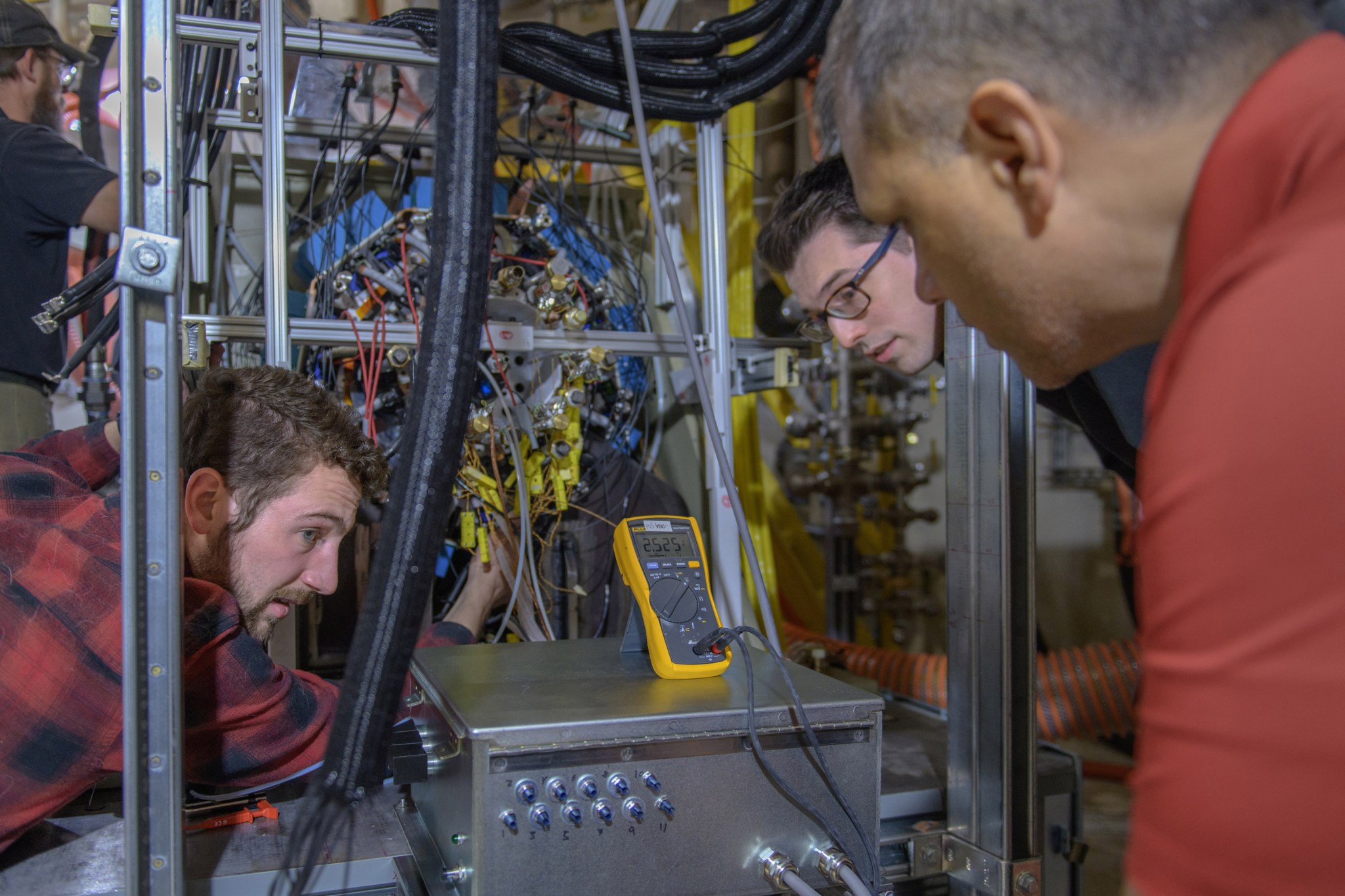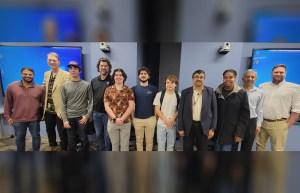Editor’s Note: This interview, which was edited for brevity and clarity, helps mark the conclusion after five years of the first round of research by teams participating in NASA’s University Leadership Initiative (ULI). Learn more about ULI’s first round here.
Electric Propulsion: Challenges and Opportunities, led by Jin Wang, professor of electrical and computer engineering at The Ohio State University, developed and tested a one-megawatt electric motor for use in aviation, with focus on the motor’s power density and efficiency.
An electric aircraft motor needs to generate and transmit large amounts of power very fast. Tackling the challenge of creating these high-power motors brings net zero carbon emissions in aviation one step closer to fruition.
Why did you choose to propose to ULI? It’s not a typical grant.
Hybrid electric propulsion can bring in significant fuel economy improvement and greenhouse reduction for future aircraft, but the topic is multidisciplinary in nature. It requires a multi-university and multi-discipline team to work together for multiple years to achieve initial breakthroughs. The ULI program is the best suited opportunity for this topic.
What did your research accomplish? Was it what you expected from the start?
On the systems side, the team has quantified improvements in efficiency and fuel economy for a typical single-aisle hybrid electric aircraft through detailed models. We built a real-time simulation model of the propulsion system which could be directly adopted by industry. On the component level, we gained needed insight on how electrical insulation will behave at high altitude, making it one step closer for implementations of high voltage on aircraft. We also proposed and built a two-kilovolt, one-megawatt, modular and scalable integrated motor drive.
How did your students contribute?
Students not only were the main work force of the project but also actively participated in project management, industry outreach, external presentations, and seminars. From the start of the project, biweekly meetings and agendas between universities have been organized by student leaders with faculty input. During conferences, they actively engaged potential industry partners through presenting papers, participating in tutorials and seminars, and planning and hosting booths. Some of the students who graduated from this project are now working in the aviation industry. During the last three months, students from the ULI team have been at NASA’s Electric Aircraft Testbed facility, working side by side with NASA researchers and engineers to prepare and perform the tests for the integrated motor drive prototype.
What was the coolest surprise along the way?
The coolest surprise is based on the research through the project, the team was able to find a way to design an integrated modular motor drive with power density and efficiency surpassing NASA’s targets. Initial subsystem tests at both ground-level and flight-altitude air pressure have already showed promising results. The prototype looks like a machine from the future.
Following ULI, what comes next?
Researchers from this ULI team will try to form collaborations with industry partners including GE Aviation, Raytheon Technology, and Boeing to seek demonstration projects and eventually commercialization of some of the project’s outcomes, such as the integrated modular motor drive, insulation implementation for high-voltage systems, and a real-time system model of the full hybrid propulsion system. In-flight demonstrations of some of the developed technologies would further push boundaries of aircraft electrification. The overall goal is to achieve higher power density and higher efficiency at higher voltage.

































